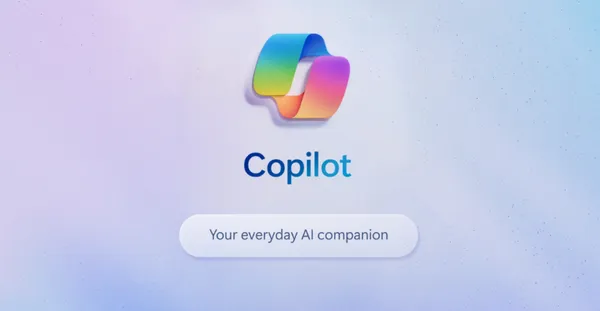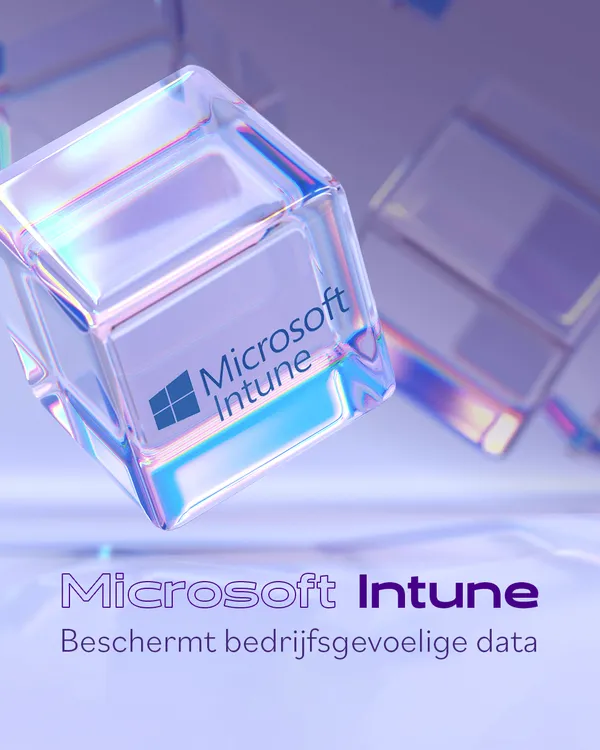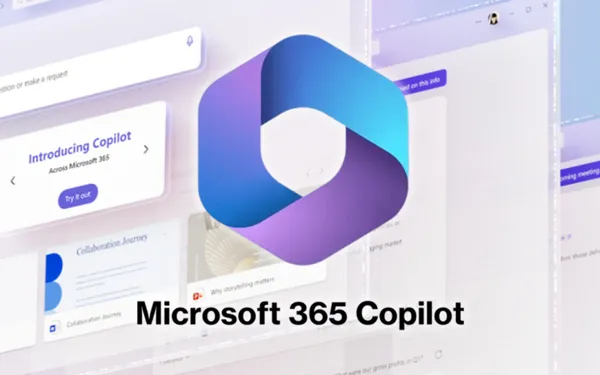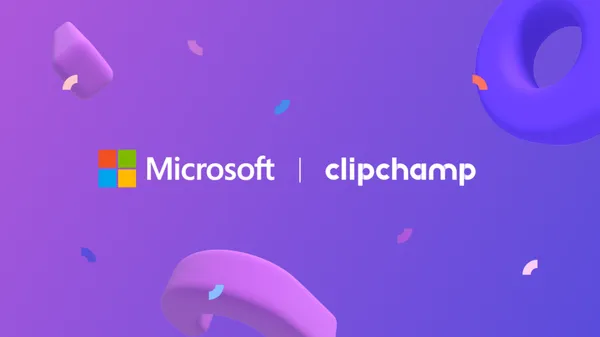
Knowledge base
March 26, 2023
Design Wars: Microsoft Designer versus Canva
Interestingly, shortly after the launch of Microsoft’s Designer, Canva launched an AI image generator that uses stable diffusion.
In October 2022, Microsoft introduced Microsoft Designer, a graphic design tool that allows users to generate signs, invitations, logos, social media posts, website banners and more with simple text prompts. The tool, powered by OpenAI’s DALLE.2, is currently available for free preview via a waiting list and allows users to use their own images or use the designer’s “start from scratch” feature to generate a completely original design using text prompts. Modeled after Microsoft’s PowerPoint, the program also allows users to create presentations.
Once the app becomes generally available, Microsoft will maintain a free tier along with a premium version for people with Microsoft 365 Personal and Microsoft 365 Family subscriptions, officials said.
With Designer, you can start a project by sketching out your idea and then delegate all the tedious tasks to the AI. The app is powered by AI in all its functions. As a user, you work with Designer to ensure that designs remain consistent, aligned, appropriately scaled and visually appealing, regardless of your design expertise.
Canva versus Microsoft Designer
Microsoft Designer is seen as a direct competitor to Sydney-based design app Canva. Interestingly, shortly after the launch of Microsoft’s Designer, Canva launched an AI image generator that uses stable diffusion. While DALL. E 2 (used by Microsoft Designer) can create almost anything, it uses a method called unCLIP, which is advanced enough to create undefined images. It still has its limitations.
Microsoft is initially targeting its Designer app for graphic design at consumers, but if it perceives enough interest, the company would shift its focus to enterprises, where it is getting more business. Since DALL. E 2 is trained on millions of stock images, the output it creates is much more sophisticated and best suited for business use.
The creator of Stable Diffusion, Emad Mostaque, also claims, “Inpainting is the best feature of DALL. E 2, but by default it is arbitrary and best used for ideation and more business use, hence it is a clear training on licensed stock images.”
In contrast, DALL-E 2 and Midjourney have not embraced full open source functionality. Stable Diffusion claims its model is completely open source and accessible to all. Mostaque explains, “Code is already available, as is the dataset. So everyone will improve and build on it.”
Stable Diffusion demonstrates a strong understanding of contemporary artistic illustration, resulting in the creation of highly detailed works of art. Nevertheless, it struggles to interpret complicated original clues, a task that even a small image generator such as Craiyon (formerly DALL-E mini) can accomplish. Although Stable Diffusion excels at generating intricate artistic illustrations, it falls short in producing generic graphics such as logos.
Some have also noted that Stable Diffusion’s lack of limitations has resulted in its use to produce images of nude models, military conflicts and images of political or religious figures in inappropriate contexts, unlike Midjourney or DALLE.2
However, Stable Diffusion represents an important achievement in the text-to-image generation industry because it is an open source technology that allows developers access to the code on GitHub, allowing them to create more advanced tools in the future. Or DALL. The lifelike images of E 2 are superior to the unfettered use of Stable Diffusion, each AI model has its strengths and weaknesses and the ideal option varies depending on the user’s needs. In the end, it all comes down to the demands of the end users.
Locking horns in public
The clash became more apparent when Microsoft and Canva officials began sparring publicly.
“People can draw on templates to come up with posts on social media in Designer,” Liat Ben-Zur, corporate vice president at Microsoft, wrote in a blog post. To which Cliff Obrecht, co-founder and chief operating officer of the startup, said in an interview, “Social media is also probably the most popular medium for which people design on Canva.” But Obrecht stressed that Canva “does not compete with Microsoft.” The main competitor is Adobe, he said.
However, the rivalry between Canva and Microsoft intensified when Canva began to focus on key aspects of Microsoft Office. In 2021, Canva introduced a replacement for PowerPoint for creating slides, and in September it launched a document editing tool in competition with Word. Canva claims its software has been adopted by 55,000 paid teams, including major companies such as Amazon, FedEx, PepsiCo, Pfizer and Salesforce.
The launch of Designer could also cause Microsoft to compete with Adobe’s free Adobe Express tool, which offers templates and stock images. Nevertheless, Microsoft has a strong partnership with Adobe, with more than 30 product integrations. According to a CNBC report, a Microsoft representative stated that Adobe remains their primary strategic partner and that the launch of Designer does not change their relationship with Adobe in any way.
At a Bank of America event in January, Jonathan Vaas, Adobe’s vice president of investor relations, stated that Canva is “where beginners start before they come to Adobe.”
It will be intriguing to see the outcome of the competition between Canva and Microsoft Designer once Designer releases its product for public use.
Source: analyticsindiamag
Want to know more?
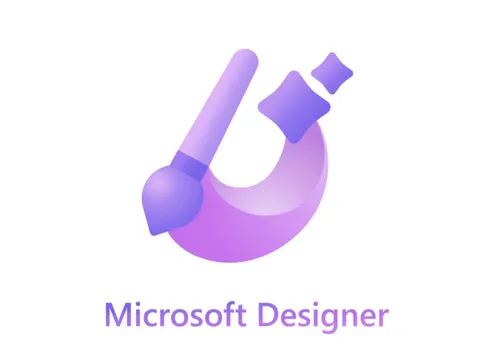
Related
blogs
Tech Updates: Microsoft 365, Azure, Cybersecurity & AI – Weekly in Your Mailbox.

